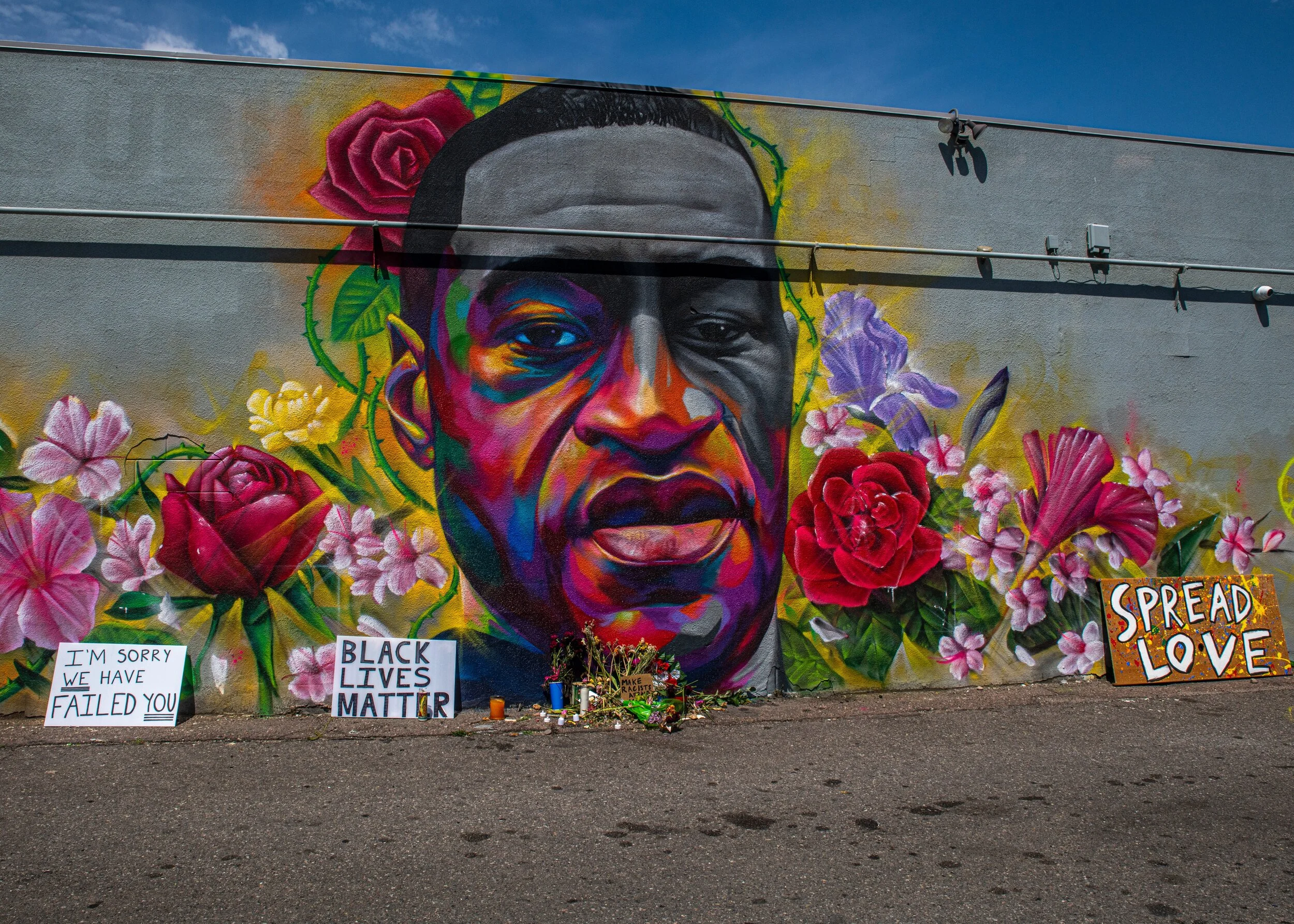
Therapists’ Duty to be Allies in the Black Lives Matter Movement
The recent events regarding police brutality and the murders of Black men and women are a painful reminder for Black and African Americans that racial inequality is ingrained in the American justice system. George Floyd is not the first or even the most recent victim of abuse of power and force from the police. It is long overdue for our country to take an introspective look at the implicit and explicit biases that imposes itself on our judgement and decision making as a society.



